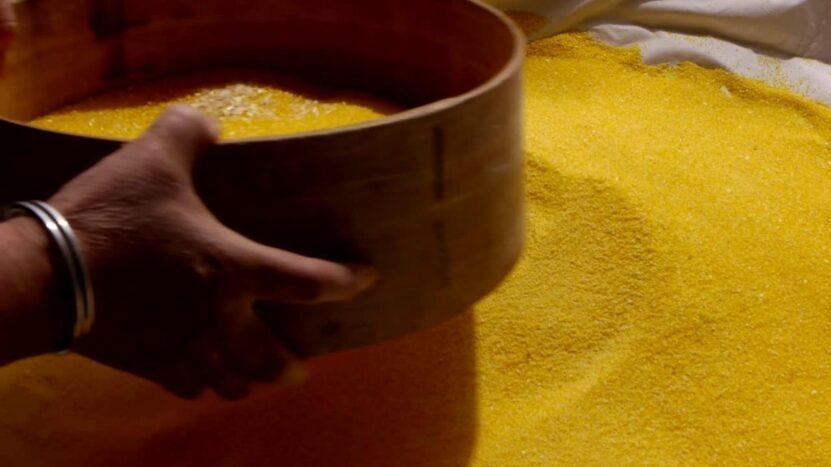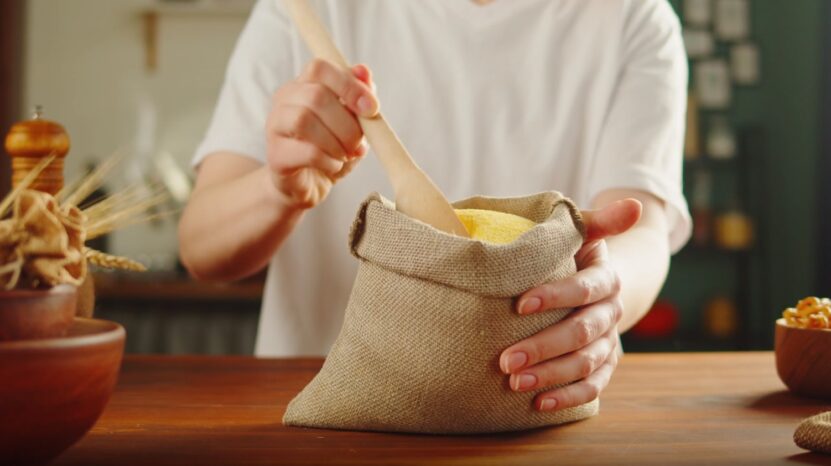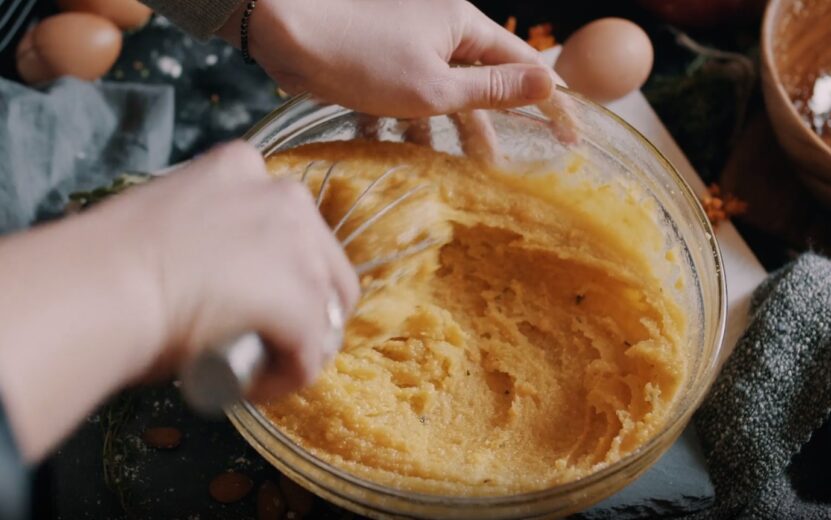So, you’ve got a bag of cornmeal sitting in the pantry, and you’re not quite sure if it’s still good to use, right? I’ve been there too. Let me tell you, nothing ruins a dish faster than ingredients that are past their prime.
But don’t worry, I’ve got some tips to help you figure out if that cornmeal is still okay to cook with or if it’s time to toss it. Stick around, and I’ll walk you through the sniff test, the sight check, and a few other simple ways to tell if your cornmeal has gone bad. It’s easier than you think!
The Shelf Life And Signs of Spoilage

The typical shelf life of cornmeal ranges from 12 to 18 months, but several factors can influence its longevity.
One crucial aspect affecting cornmeal’s shelf life is proper storage. I always store it in an airtight container in a cool, dry, and dark place. Keep it away from the moisture, heat, light, and air that are known for accelerating its deterioration.
I also advise you to keep cornmeal away from the stove, refrigerator, or any area prone to humidity. Another thing to look for is the presence of added fats or oils in the cornmeal. These can impact the shelf life by causing it to go rancid more quickly.
If you have cornmeal with added fats, I advise you to check the expiration date and consume it within the specified timeframe. Inspecting cornmeal before use is another thing to keep in mind. Examine it for any signs of mold, discoloration, or unusual textures.
A moldy or off-color appearance indicates spoilage and should be thrown away immediately. I suggest you also give it a sniff test to detect any rancid or unpleasant odors. If it smells or tastes bitter or stale, it’s a clear proof of degradation.
How to Extend Cornmeal Shelf Life?

Here are some helpful methods I use to maximize the longevity of this ingredient.
• Proper storage: Store it in an airtight container to protect it from moisture, air, and pests. Choose a cool, dry, and dark place for storage, such as a pantry or cupboard. Avoid storing it in the refrigerator, as the humidity can negatively impact its texture.
• Freeze for long-term storage: If you have a large quantity of this product or want to extend its shelf life further, consider freezing it. Place the cornmeal in an airtight freezer bag or container, removing as much air as possible. Frozen products can maintain their quality for up to 12 months.
• Avoid moisture exposure: Moisture is a common culprit for cornmeal spoilage. Keep it away from sources of moisture, including steam, liquids, or humid environments. Moisture can cause the product to clump or develop mold, reducing its quality and edibility.
• Check for freshness: Regularly inspect your cornmeal for signs of spoilage, even if it’s within the expiration date. Look for any visual changes, such as mold growth, discoloration, or unusual textures. Additionally, use your senses of smell and taste to detect any off-putting odors or flavors.
• Use it before it expires: To make the most of your cornmeal, try to use it before it reaches its expiration date. Incorporate it into various recipes like cornbread, pancakes, or as a breading for meats and vegetables. This not only ensures freshness but also allows you to enjoy the versatility of this ingredient.
For more information on reducing food waste, visit the UpMenu website.
Final Words
Alright, we’ve gone through the checks, and honestly, it’s not rocket science. If your cornmeal smells funky, looks weird, or has unwelcome guests like bugs or mold, it’s time to bid it farewell.
Remember, fresh ingredients are key to great cooking, and that includes cornmeal. So, if you’re in doubt, better safe than sorry—toss it out and grab a new bag.





